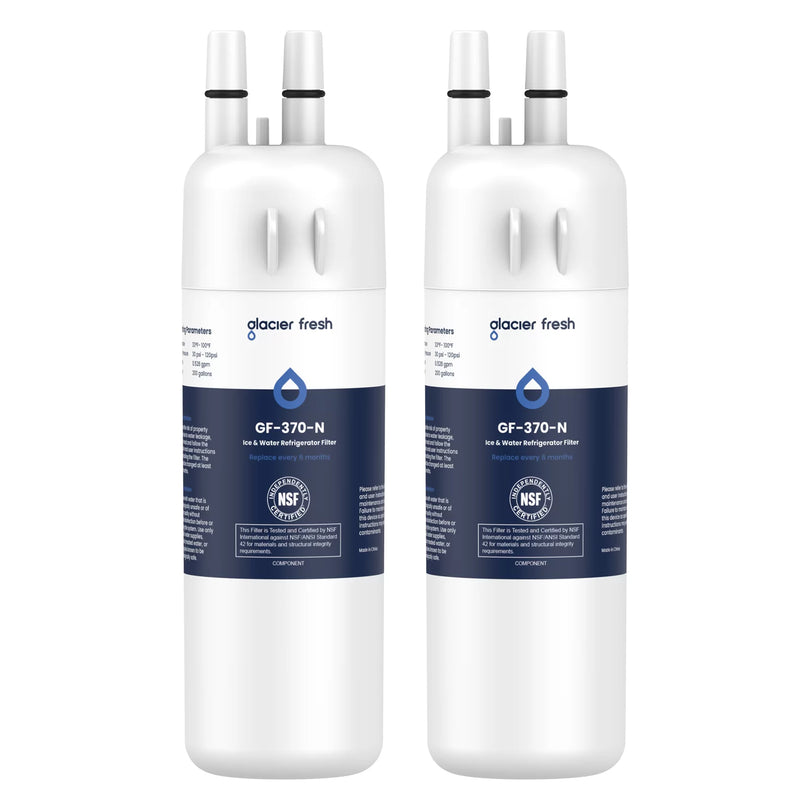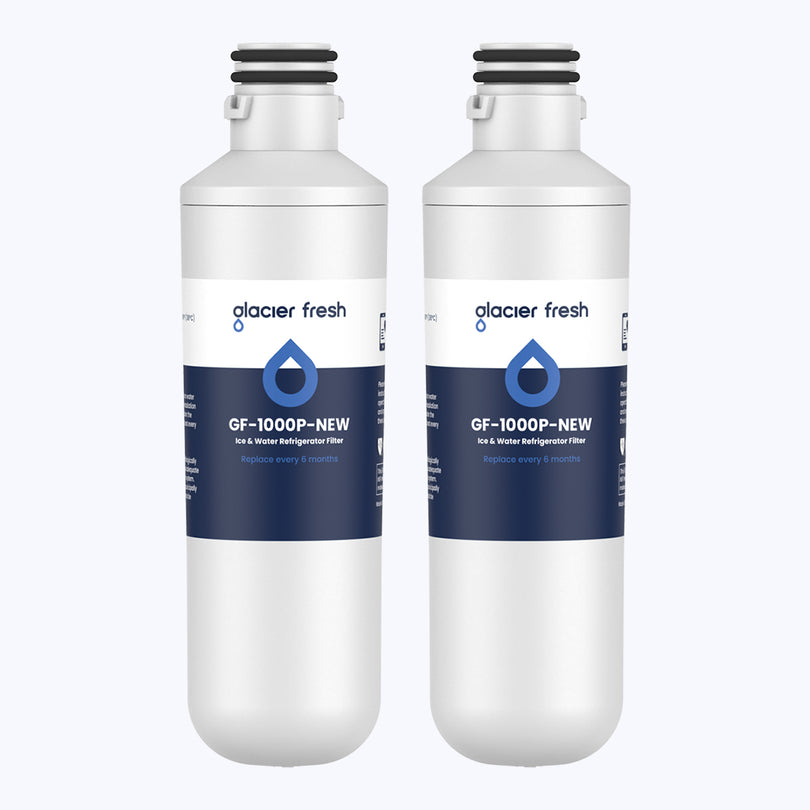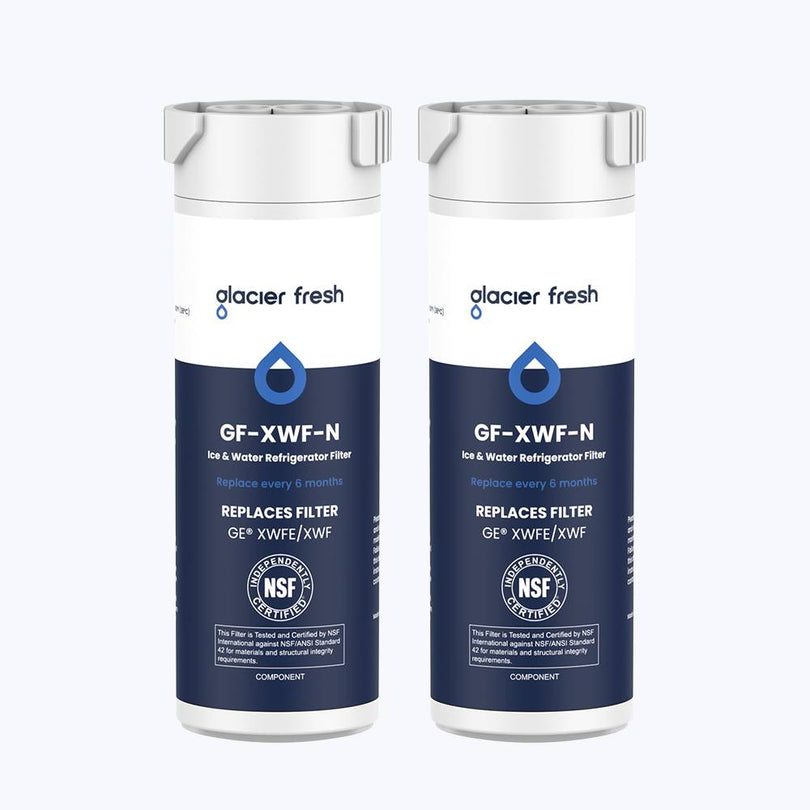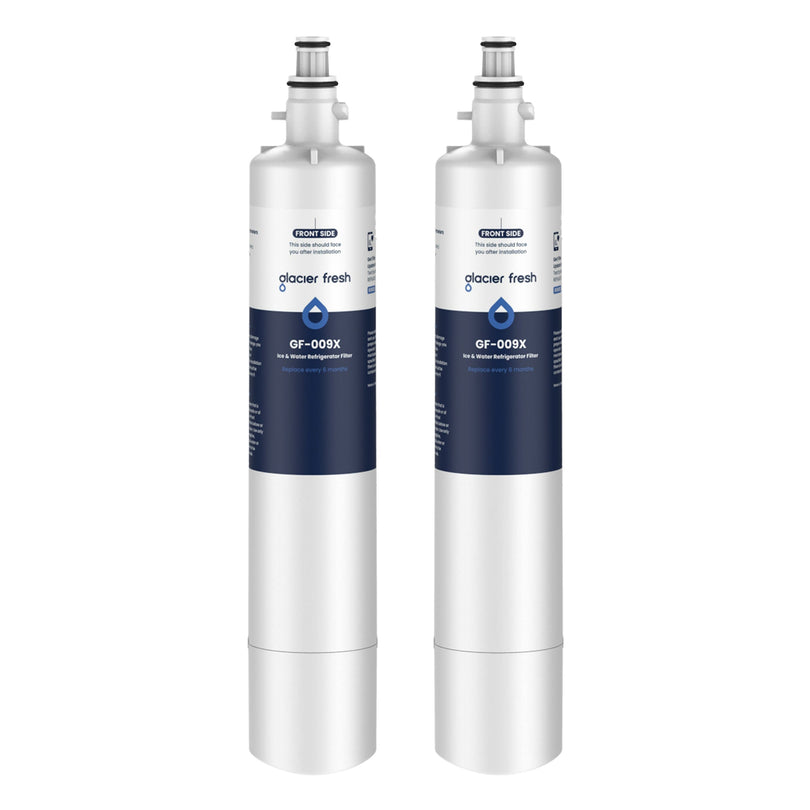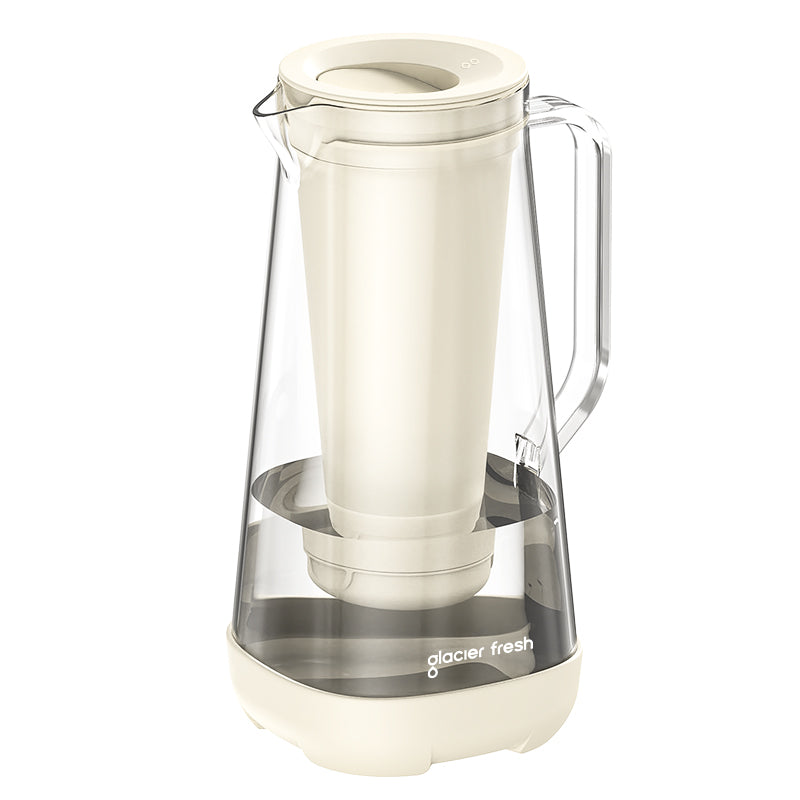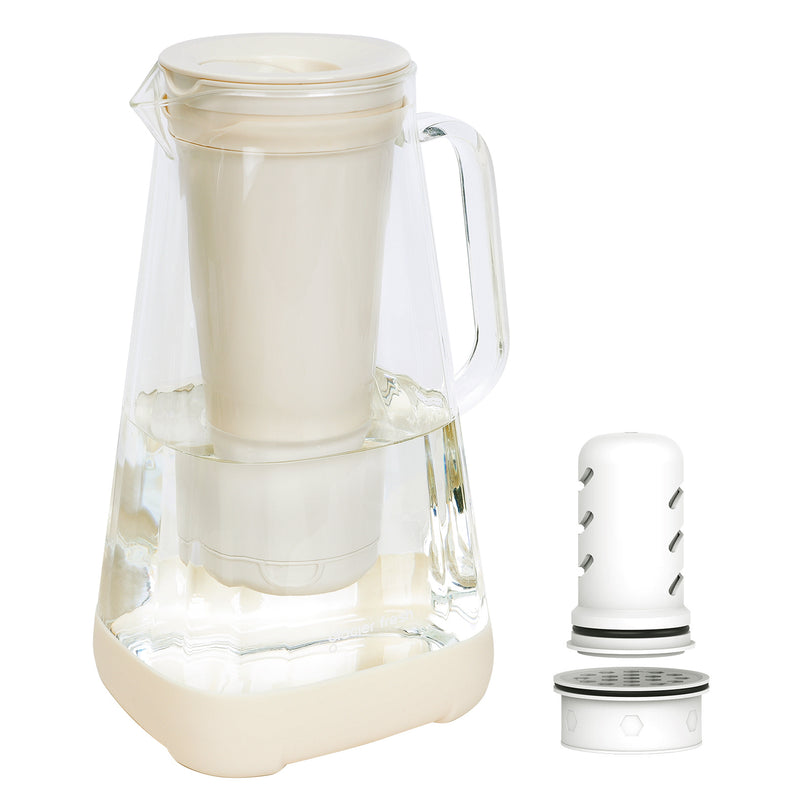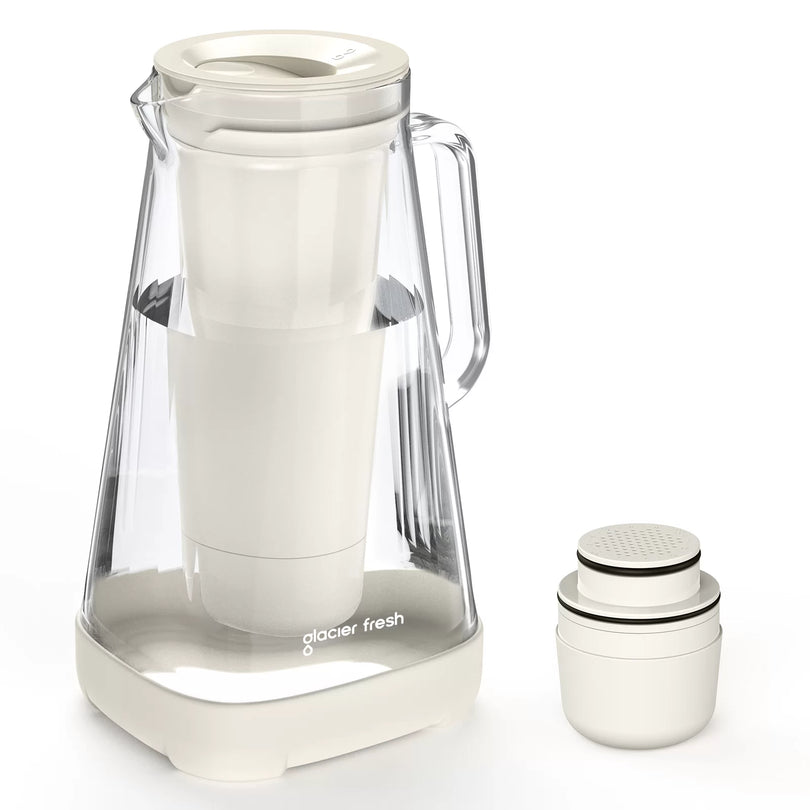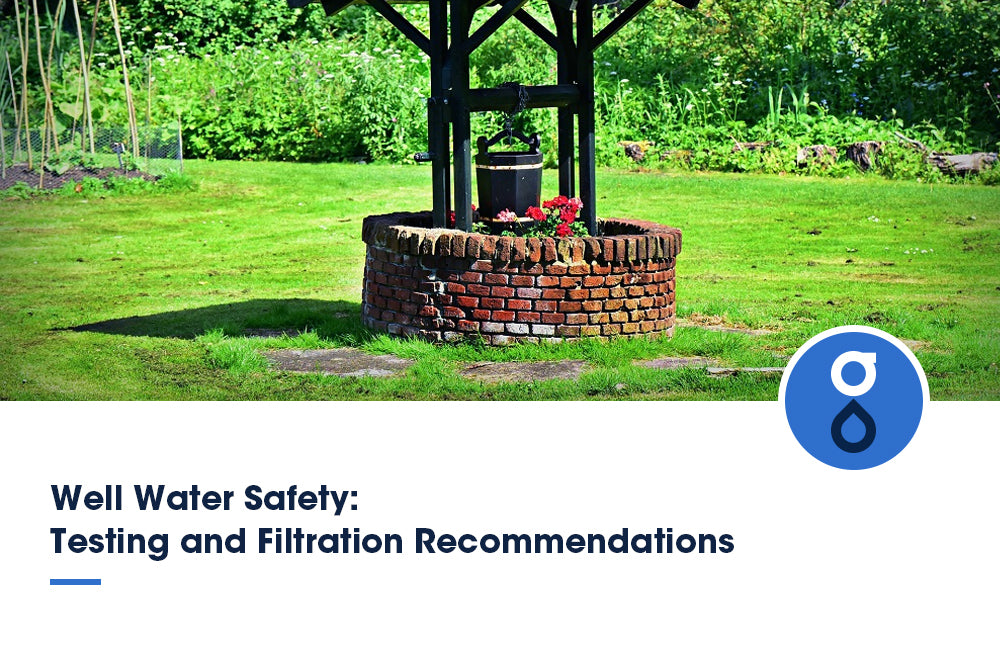Table of Contents:
Was ist ein Wassersparrechner?
Wie funktioniert ein Wasserverbrauchsrechner?
Vorteile der Verwendung eines Wassersparrechners
Arten von Wassersparrechnern
Verstehen Sie Ihren Wasserverbrauch
Tipps zum Geldsparen und Reduzieren des Wasserverbrauchs
FAQs
Abschluss
Möchten Sie wissen, wie viel Wasser Sie zu Hause sparen können? Dann ist der Wassersparrechner genau das Richtige für Sie. Mit diesem praktischen Tool können Sie ganz einfach ermitteln, wie viel Wasser Sie durch ein paar einfache Änderungen einsparen können. Entdecken Sie die Vorteile eines Wassersparrechners und finden Sie heraus, wie Sie damit Geld sparen und gleichzeitig Ihre Umweltbelastung verringern können. Beginnen Sie noch heute mit dem Wassersparen!
Was ist ein Wassersparrechner?

Ein Wassersparrechner ist ein Tool, mit dem Sie die Wassermenge ermitteln können, die Sie zu Hause sparen können. Mit diesem Rechner können Sie Ihren Wasserverbrauch analysieren und verschiedene Methoden zum Wassersparen erkunden. Mit diesem Tool können Sie Ihren Wasserverbrauch zu Hause ermitteln und Bereiche identifizieren, in denen Sie Wasserspartechniken umsetzen können. Mithilfe eines Wassersparrechners können Sie wirksame Strategien zum Wassersparen entwickeln und Ihren Wasserverbrauch erheblich senken.
Der Wassersparrechner berücksichtigt verschiedene Faktoren wie die Anzahl der Personen in Ihrem Haushalt, die Größe Ihres Rasens und die Art Ihrer Geräte und Armaturen. Anschließend berechnet er Ihren aktuellen Wasserverbrauch und gibt Empfehlungen zur Reduzierung. Der Rechner schlägt möglicherweise einfache Maßnahmen vor, wie das Reparieren tropfender Wasserhähne, die Installation von Duschköpfen mit geringem Durchfluss oder die Verwendung wassersparender Geräte. Er empfiehlt möglicherweise auch größere Änderungen, wie die Installation von Regenwassersammelsystemen oder die Einführung von Grauwasserrecycling.
Wie funktioniert ein Wasserverbrauchsrechner?
Um einen Wassersparrechner zu verwenden, geben Sie Ihre aktuellen Daten zum Wasserverbrauch ein und nehmen Anpassungen vor, um zu sehen, wie viel Wasser Sie durch die Umsetzung von Einsparmaßnahmen sparen können. Der Rechner berücksichtigt verschiedene Faktoren, wie die Anzahl der Personen in Ihrem Haushalt, die Häufigkeit des Wasserverbrauchs und die Art der Geräte und Armaturen, die Sie besitzen. Anschließend berechnet er Ihren aktuellen Wasserverbrauch und gibt Empfehlungen zur Reduzierung. Wasserspartechniken spielen eine entscheidende Rolle bei der Minderung der Auswirkungen des Wasserverbrauchs auf die Umwelt. Mit einem Wassersparrechner können Sie Bereiche identifizieren, in denen Sie Änderungen vornehmen können, um Ihren Wasserverbrauch zu senken. Dazu kann die Installation wassersparender Geräte wie wassersparender Duschköpfe und Wasserhähne sowie die Umsetzung von Strategien zur Reduzierung der Wasserverschwendung gehören, wie das Beheben von Lecks und die Verwendung wassersparender Geräte.
Vorteile der Verwendung eines Wassersparrechners

Mit einem Wassersparrechner können Sie ganz einfach ermitteln, wie viel Sie zu Hause sparen können und von den Vorteilen der Wassereinsparung profitieren. Die Verwendung eines Wassersparrechners bietet mehrere Vorteile.
Verfolgen und überwachen Sie Ihren Wasserverbrauch
Indem Sie Ihren Wasserverbrauch regelmäßig mit einem Wassersparrechner verfolgen und überwachen, können Sie wertvolle Erkenntnisse gewinnen und fundierte Entscheidungen zur Wassereinsparung in Ihrem Haushalt treffen. Hier sind drei Vorteile der Verwendung eines Wassersparrechners zur Verfolgung und Überwachung Ihres Wasserverbrauchs:
1. Identifizieren Sie Bereiche mit hohem Wasserverbrauch:
Ein Wassersparrechner hilft Ihnen dabei, Bereiche zu identifizieren, in denen Sie möglicherweise zu viel Wasser verbrauchen. Indem Sie diese Bereiche identifizieren, können Sie Wasserspartechniken umsetzen oder Änderungen an Ihren wassersparenden Geräten vornehmen, um den Wasserverbrauch zu senken.
2. Setzen Sie sich Ziele zum Wassersparen:
Mit einem Wassersparrechner können Sie sich bestimmte Wassersparziele setzen und Ihren Fortschritt im Laufe der Zeit verfolgen. Dies kann Sie motivieren, Wasserspargewohnheiten zu entwickeln und Wassersparstrategien anzuwenden, die Ihren Zielen entsprechen.
3. Vergleichen Sie Ihre Nutzung mit Benchmarks:
Mit einem Wassersparrechner können Sie Ihren Wasserverbrauch mit Benchmarks oder dem durchschnittlichen Verbrauch in Ihrer Region vergleichen. So können Sie Ihren Wasserverbrauch im Vergleich zu anderen ermitteln und Bereiche identifizieren, in denen Sie Ihre Wasserspartechnologien und -strategien verbessern können.
Sparen Sie Geld bei Nebenkosten und Bewässerungszyklen
Durch den Einsatz von Wasserspartechniken und -einsparungsmethoden können Sie Ihren Wasserverbrauch erheblich senken und Ihre monatlichen Rechnungen senken. Hier sind einige Vorteile der Verwendung eines Wassersparrechners:
- Wasser sparen: Der Rechner hilft Ihnen, Bereiche zu identifizieren, in denen Sie Wasser sparen können, z. B. durch das Beheben von Lecks, die Verwendung wassersparender Geräte und die Reduzierung der Bewässerungszyklen.
- Einsparmethoden: Der Rechner schlägt auf Ihren Haushalt zugeschnittene Einsparmethoden vor, wie etwa die Installation wassersparender Duschköpfe und Wasserhähne sowie die Verwendung von Toiletten mit Zweimengenspülung.
- Wassersparende Geräte: Der Rechner empfiehlt die Umstellung auf wassersparende Geräte wie Waschmaschinen und Geschirrspüler, die pro Spülgang weniger Wasser verbrauchen.
- Regenwassersammlung: Der Rechner hilft Ihnen, die Menge an Regenwasser zu schätzen, die Sie sammeln und für Bewässerungszwecke nutzen können.
- Grauwasserrecycling: Der Rechner unterstützt Sie bei der Wiederverwendung von Grauwasser aus Aktivitäten wie Wäschewaschen und Geschirrspülen für nicht trinkbare Zwecke und reduziert so den Bedarf an Frischwasser.
Die Verwendung eines Wassersparrechners hilft Ihnen nicht nur, Geld zu sparen, sondern trägt auch zur Erhaltung unserer wertvollen Wasserressourcen bei.
Identifizieren Sie potenzielle Einsparungsmöglichkeiten Zyklen
Mithilfe eines Wassersparrechners können Sie potenzielle Einsparungszyklen identifizieren. Mit diesem Tool können Sie Ihren aktuellen Wasserverbrauch ermitteln und Verbesserungsbereiche identifizieren. Hier sind drei wichtige Vorteile der Verwendung eines Wassersparrechners:
1. Wassersparstrategien: Der Rechner bietet Einblicke in Wassersparstrategien speziell für Ihren Haushalt. Er kann einfache Änderungen vorschlagen, wie das Abdrehen des Wasserhahns beim Zähneputzen, oder größere Verbesserungen, wie die Installation wassersparender Geräte.
2. Effiziente Geräte: Durch die Eingabe von Informationen zu Ihren aktuellen Geräten kann der Rechner schätzen, wie viel Wasser Sie durch die Umstellung auf effizientere Modelle sparen könnten. Dies hilft Ihnen, fundierte Entscheidungen beim Kauf neuer Geräte zu treffen.
3. Tipps zur Regenwassernutzung und Landschaftsgestaltung: Der Rechner kann auch Regenwassernutzungs- und Landschaftsgestaltungstechniken zur Reduzierung des Wasserverbrauchs anleiten. Er hilft Ihnen, Optionen wie die Installation von Regentonnen oder die Auswahl dürreresistenter Pflanzen zu erkunden.
Arten von Wassersparrechnern
Typische Haushaltsrechner
Mithilfe eines Wassersparrechners können Hausbesitzer ermitteln, wie viel Wasser sie in ihrem Haushalt einsparen können. Diese Rechner sollen Einzelpersonen dabei helfen, ihren Wasserverbrauch zu analysieren und mögliche Verbesserungsbereiche zu identifizieren. Hier sind drei Arten typischer Haushaltsrechner, die bei der Wassereinsparung helfen können:
1. Rechner zur Analyse des Wasserverbrauchs: Mit diesem Rechner können Sie Ihre Wasserverbrauchsdaten eingeben und erhalten eine detaillierte Analyse Ihrer Verbrauchsmuster. Er hilft dabei, Bereiche zu identifizieren, in denen Wasser verschwendet wird, und schlägt Möglichkeiten zur Reduzierung des Verbrauchs vor.
2. Rechner für Wasserspartechniken: Dieser Rechner bietet eine Reihe von Wasserspartechniken, die speziell auf Ihren Haushalt zugeschnitten sind. Durch die Eingabe von Informationen zu Ihren Armaturen, Geräten und Gewohnheiten bietet er individuelle Empfehlungen zum effektiven Wassersparen.
3. Haushaltswassermanagement-Rechner: Mit diesem Rechner können Sie Ihren Wasserverbrauch regelmäßig verfolgen und alle Änderungen im Laufe der Zeit überwachen. Sie können damit Wassersparziele festlegen und Ihre Fortschritte verfolgen.
Industrielle & kommerzielle Rechner
Industrielle und kommerzielle Rechner sind entscheidend, um Unternehmen beim Wassersparen zu helfen, da sie wertvolle Einblicke und Analysen liefern. Diese Rechner sind so konzipiert, dass sie bei der Analyse des Wasserverbrauchs helfen und genaue Daten liefern, um Verbesserungsbereiche zu identifizieren. Mithilfe von Wassermanagementstrategien und Wassereffizienztechniken können Unternehmen effektive Lösungen zum Wassersparen implementieren. Diese Rechner ermöglichen es Unternehmen, ihren Wasserverbrauch zu verfolgen, Lecks oder Ineffizienzen zu identifizieren und fundierte Entscheidungen zur Reduzierung des Wasserverbrauchs zu treffen.
Mithilfe dieser Rechner können Unternehmen ihren Wasserverbrauch optimieren und Tipps zur Wassereinsparung umsetzen, was letztlich zu erheblichen Wassereinsparungen und Kostensenkungen führt. Industrielle und kommerzielle Rechner sind wertvolle Werkzeuge für Unternehmen, die ihre Wassermanagementpraktiken verbessern und ihre Umweltauswirkungen minimieren möchten.
Bewässerungszyklen-Rechner
Um zu Hause Wasser zu sparen, können Sie Bewässerungszyklusrechner verwenden, um Ihren Bewässerungsplan zu optimieren. Diese Rechner sind wichtige Werkzeuge, um eine effiziente Bewässerung zu erreichen und Wasser zu sparen. Indem Sie Ihren Wasserverbrauch analysieren und Wasserspartechniken implementieren, können Sie Ihre Wasserressourcen effektiv verwalten. Hier sind zwei Arten von Bewässerungszyklusrechnern, die Sie bei Ihren Wassermanagementstrategien unterstützen können:
- Rechner zur Analyse des Wasserverbrauchs: Mit diesem Rechner können Sie Ihren aktuellen Wasserverbrauch analysieren und Bereiche identifizieren, in denen Sie ihn verbessern können. Er bietet Einblicke in den Wasserverbrauch während jedes Bewässerungszyklus und ermöglicht Ihnen, Ihren Bewässerungsplan entsprechend anzupassen.
- Rechner für optimale Bewässerungspläne: Dieser Rechner hilft Ihnen, den effizientesten Plan basierend auf Bodenart, Pflanzenart und Wetterbedingungen zu ermitteln. Er berücksichtigt Faktoren, die sich auf die Wasseraufnahme und Verdunstungsrate auswirken, und stellt sicher, dass Sie Ihre Pflanzen effektiv gießen und gleichzeitig die Wasserverschwendung minimieren.
Verstehen Sie Ihren Wasserverbrauch
Gallonen pro Tag/Person/Spülung
Um Ihren Wasserverbrauch zu verstehen, ist es wichtig, die Gallonen pro Tag und Person sowie pro Spülung zu berechnen. So können Sie Bereiche identifizieren, in denen Sie die Wassereffizienz verbessern und wirksame Strategien zur Wassereinsparung umsetzen können. Hier sind drei Schlüsselfaktoren, die Sie bei der Analyse Ihres Wasserverbrauchs berücksichtigen sollten:
1. Gallonen pro Tag: Berechnen Sie die Gesamtmenge an Wasser, die Sie an einem Tag verbrauchen, indem Sie die Gallonen addieren, die Sie für alle Aktivitäten wie Duschen, Geschirrspülen und Pflanzen gießen verbrauchen.
2. Gallonen pro Person: Teilen Sie die Gesamtgallonen pro Tag durch die Anzahl der Personen in Ihrem Haushalt, um den durchschnittlichen Wasserverbrauch pro Person zu ermitteln. Dies kann Ihnen dabei helfen, übermäßige Wasserverbrauchsmuster zu erkennen.
3. Gallonen pro Spülung: Messen Sie den Wasserverbrauch pro Spülung Ihrer Toiletten. Ältere Toiletten verbrauchen in der Regel mehr Wasser, daher kann die Umstellung auf wassersparende Modelle den Wasserverbrauch erheblich senken.
Prozent des jährlichen Wasserverbrauchs
Sie können Ihren Wasserverbrauch ermitteln, indem Sie den Prozentsatz des jährlichen Wasserverbrauchs berechnen. Durch die Durchführung einer Wasserverbrauchsanalyse können Sie Bereiche identifizieren, in denen Sie sich verbessern können. Durch die Einführung wassersparender Gewohnheiten und die Nutzung wassersparender Technologien können Sie Ihren Wasserverbrauch erheblich senken. Die Umsetzung von Wassersparstrategien, wie das Beheben von Lecks, die Installation von Armaturen mit geringem Durchfluss und die Verwendung wassersparender Geräte, kann ebenfalls dazu beitragen, Ihren Wasserfußabdruck zu verringern.
Die Kenntnis des prozentualen jährlichen Wasserverbrauchs ist entscheidend, um Möglichkeiten zur Wassereinsparung und zur Reduzierung der Wasserverschwendung zu erkennen. Mit diesem Wissen können Sie proaktiv Schritte zur Reduzierung des Wasserfußabdrucks unternehmen und zur Nachhaltigkeit unserer wertvollen Wasserressourcen beitragen.
Mögliche Wassereinsparungen
Wenn Sie Ihren Wasserverbrauch kennen, können Sie potenzielle Wassereinsparungen in Ihrem Haushalt erkennen. Hier sind drei Möglichkeiten, wie Sie Wasserverschwendung reduzieren und Wasser sparen können:
1. Installieren Sie wassersparende Geräte: Ersetzen Sie alte, wasserfressende Geräte durch wassersparende. Achten Sie auf Geräte mit dem WaterSense-Label, das anzeigt, dass sie hohe Standards zur Wassereffizienz erfüllen.
2. Sammeln Sie Regenwasser: Stellen Sie Regentonnen oder ein Regenwassersammelsystem auf, um Regenwasser zu sammeln. Verwenden Sie dieses Wasser anstelle von Leitungswasser zum Gießen von Pflanzen oder zum Waschen Ihres Autos.
3. Investieren Sie in intelligente Bewässerungssysteme: Rüsten Sie Ihr Bewässerungssystem auf ein intelligentes System auf, das Wetterdaten nutzt, um die Bewässerungspläne anzupassen. So stellen Sie sicher, dass Ihre Pflanzen die richtige Menge Wasser erhalten und vermeiden unnötiges Gießen.
Tipps zum Geldsparen und Reduzieren des Wasserverbrauchs

Sparen Sie bis zu 50 % Ihrer Wasserrechnung, indem Sie diese praktischen Tipps zur Reduzierung Ihres Wasserverbrauchs zu Hause umsetzen.
Eine Möglichkeit, bei Ihrer Wasserrechnung Geld zu sparen, ist die Investition in wassersparende Geräte. Diese Geräte sind so konzipiert, dass sie bei gleicher Effizienz weniger Wasser verbrauchen. Beispielsweise können Duschköpfe mit geringem Durchfluss den Wasserverbrauch um bis zu 50 % senken, indem sie den Wasserfluss einschränken, ohne das Duscherlebnis zu beeinträchtigen.
Ein weiterer Tipp zum Geldsparen ist die Nutzung von Regenwasser. Dabei wird Regenwasser gesammelt und für Aufgaben wie das Gießen von Pflanzen oder das Waschen Ihres Autos verwendet. Durch die Nutzung von Regenwasser können Sie Ihre Abhängigkeit von der kommunalen Wasserversorgung verringern, was zu erheblichen Einsparungen bei Ihrer Wasserrechnung führt.
Darüber hinaus ist das Grauwasserrecycling eine weitere kostengünstige Lösung. Grauwasser ist Wasser aus Waschbecken, Duschen und Waschmaschinen, das für Aufgaben wie das Spülen von Toiletten oder das Bewässern Ihres Gartens wiederverwendet werden kann. Die Implementierung eines Grauwasserrecyclingsystems kann dazu beitragen, Ihren Wasserverbrauch zu senken und Ihre Wasserrechnung zu senken.
Und schließlich können Sie für Ihre Pflanzen auch eine Tropfbewässerung in Betracht ziehen. Bei dieser Methode gelangt das Wasser direkt zu den Wurzeln, wodurch die Verdunstung minimiert und die Effizienz maximiert wird.
FAQs
Kann ein Wassersparrechner für den Wasserverbrauch im Innen- und Außenbereich verwendet werden?
Sie können einen Wassersparrechner für den Wasserverbrauch im Innen- und Außenbereich verwenden. Er hilft Ihnen dabei, die Wassermenge zu ermitteln, die Sie in verschiedenen Bereichen einsparen können, z. B. bei der Gartenarbeit, Bewässerung, Landschaftsgestaltung und beim Autowaschen.
Wie genau liefert ein Wassersparrechner die Ergebnisse?
Die Ergebnisse eines Wassersparrechners sind genau, da sie auf Daten basieren, die durch Benutzereingaben gesammelt wurden. Der Rechner verwendet Vergleichsanalysen und reale Szenarien, um die Wassereinsparungen zu ermitteln.
Kann ein Wassersparrechner dabei helfen, mögliche Wasserlecks im Haushalt zu erkennen?
Ja, es kann helfen. Es ist ein wirksames Mittel zur Wassereinsparung, da es Ihren Wasserverbrauch analysiert und die Wassereffizienz fördert, indem es unnötigen Wasserverbrauch minimiert.
Abschluss
Zusammenfassend lässt sich sagen, dass Ihnen die Verwendung eines Wassersparrechners dabei helfen kann, Ihren Wasserverbrauch zu Hause zu verstehen und zu reduzieren. Indem Sie Bereiche identifizieren, in denen Sie Wasser sparen können, und Tipps zum Geldsparen umsetzen, können Sie einen positiven Einfluss auf die Umwelt ausüben und Geld bei Ihrer Wasserrechnung sparen. Nutzen Sie dieses Tool, um sich Ihres Wasserverbrauchs bewusster zu werden und zu einer nachhaltigeren Zukunft beizutragen.

